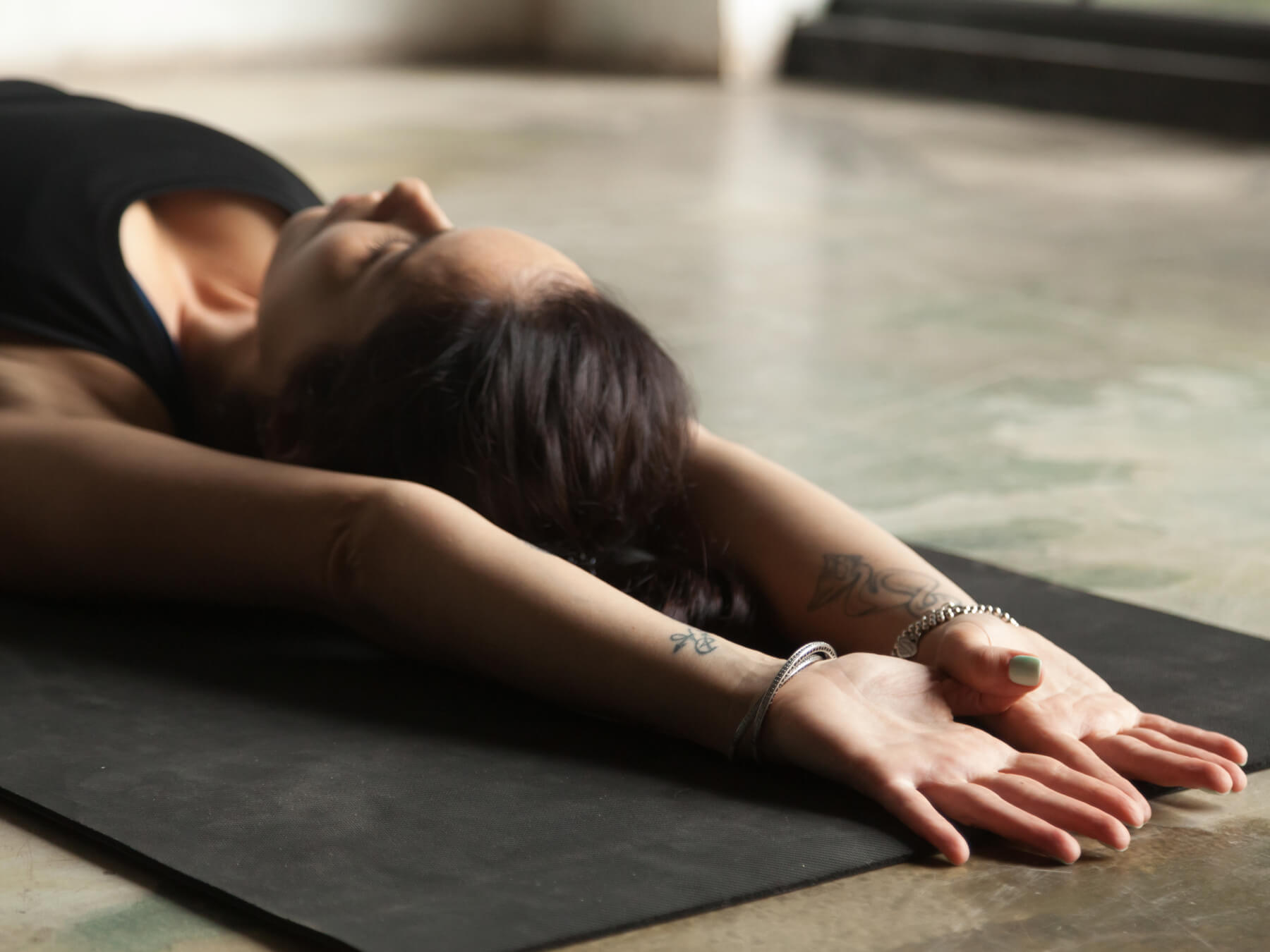© 2025 Euforia Digital, All rights reserved

The piriformis muscle, located deep in the buttock region, plays a crucial role in our overall mobility and stability. It helps in the external rotation of the hip and provides support for the pelvis during various activities. However, due to prolonged sitting, intense physical activity, or poor posture, the piriformis muscle can become tight and tense, leading to discomfort, pain, and even sciatica. One effective method to alleviate tension in the piriformis muscle is through post-isometric relaxation (PIR), a technique that involves contracting and relaxing the muscle to promote flexibility and reduce tightness. In this article, we will explore a specific exercise complex aimed at relaxing the piriformis muscle, suitable for use after intense physical exertion or as a wind-down routine before bedtime.
Post-isometric relaxation is a technique used in physical therapy and sports training that helps to relax muscles after they have been voluntarily contracted. The process works by temporarily increasing the muscle's tone through isometric contraction (where the muscle is engaged without movement), followed by a passive stretch. This technique facilitates a deeper relaxation of the muscle, making it easier to achieve greater flexibility and relief from tension.
This exercise complex consists of a series of stretches and contractions focused on the piriformis muscle. It is recommended to perform this complex in a quiet environment, allowing you to concentrate on your breathing and the sensations in your body.
Number of Sets: 5 repetitions on each side, performing 2 sets.
Preparation
Positioning
Piriformis Stretch (Active Phase)
Right Side:
Left Side:
Post-Isometric Relaxation Stretch (Passive Phase)
Right Side:
Left Side:
Repetition
Cool Down
Incorporating this exercise complex into your routine can provide significant relief from tension in the piriformis muscle, enhancing your overall comfort and well-being. It can be particularly beneficial after intense physical activity or at the end of a long day, helping you to unwind and prepare for a restful night. As with any exercise, it’s important to listen to your body and avoid pushing into pain. If you experience discomfort or have existing medical conditions, consult with a healthcare professional before beginning any new exercise program. By dedicating a few minutes each day to this practice, you can cultivate greater mobility, reduce muscle tightness, and promote relaxation in your body.